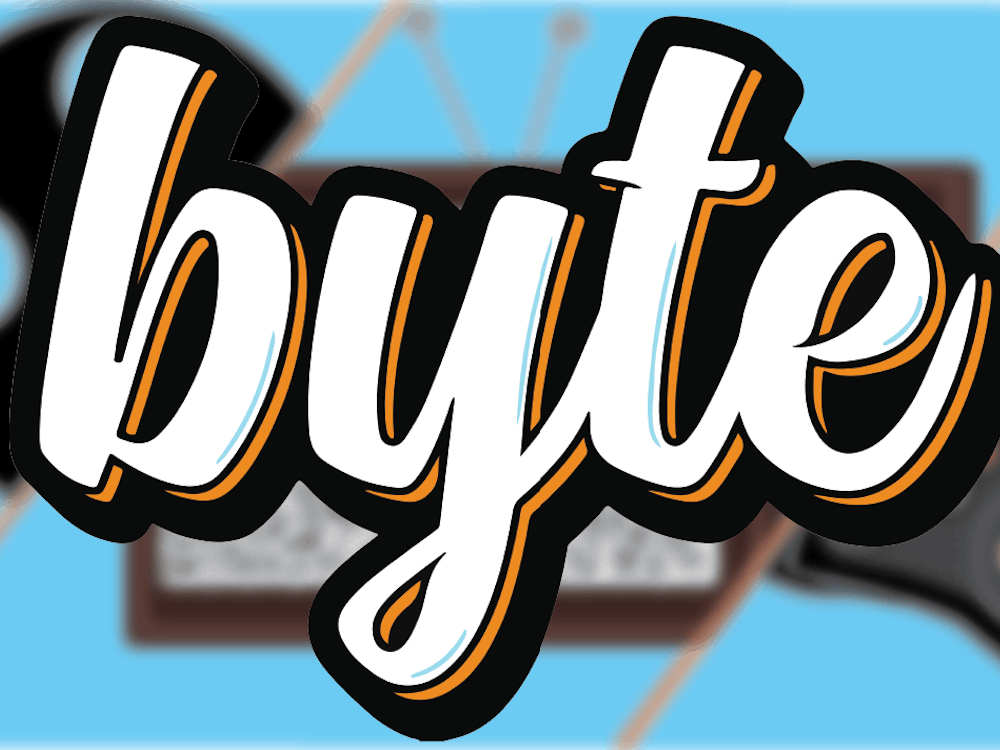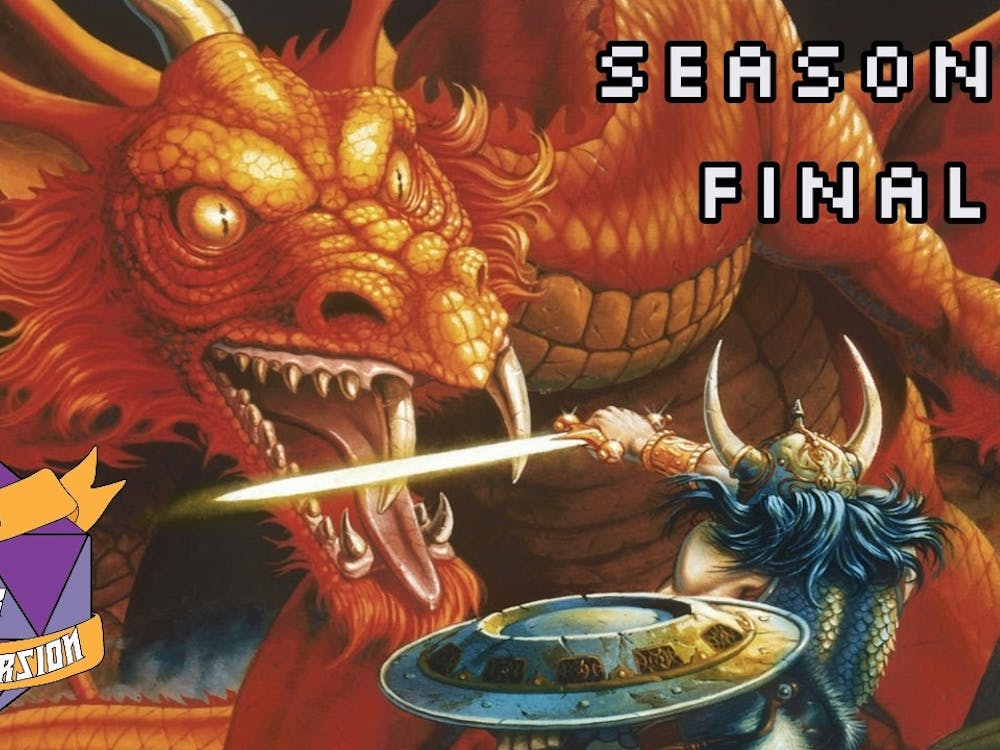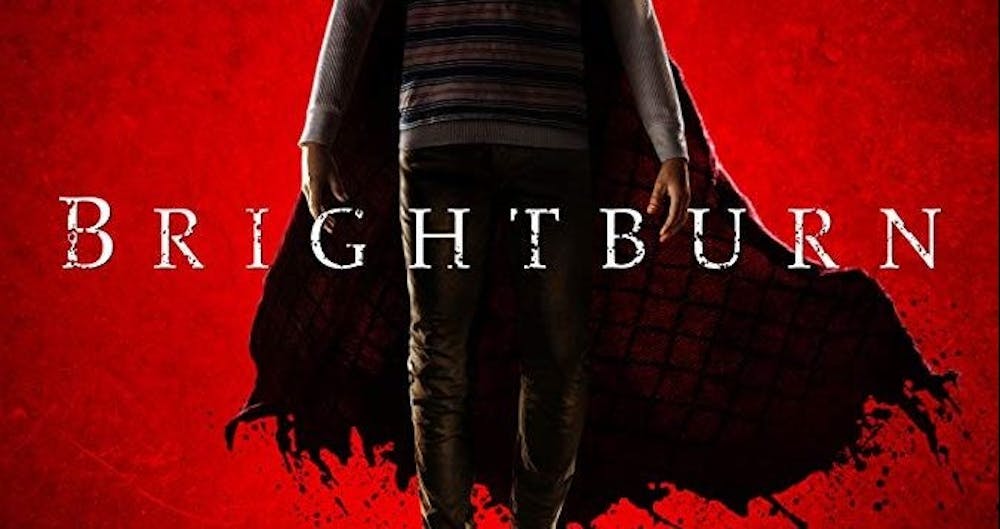Everyone knows the story of Superman: Kryptonian infant Kal-El was sent to Earth by his parents when his home planet was destroyed. Landing in the town of Smallville, Kansas, he was found by Jonathan and Martha Kent, who named him Clark and raised him as their own son. As Clark grew older, he discovered that he had powers and abilities beyond those of mortal men. He decided to use said powers for good and became the world’s greatest superhero.
Do not expect such a role model in Brightburn. In the film’s trailers and promotional material, viewers were treated to a very twisted take on Clark Kent. Rather than use his powers to help people, 12-year-old protagonist Brandon Breyer (portrayed by Jackson A. Dunn) uses them for pure evil, causing misery and destruction to anyone that wrongs him. This kid ain’t no Superman, and thankfully, such a character provides an unique and horrifying spin on such an iconic figure.
First act blues
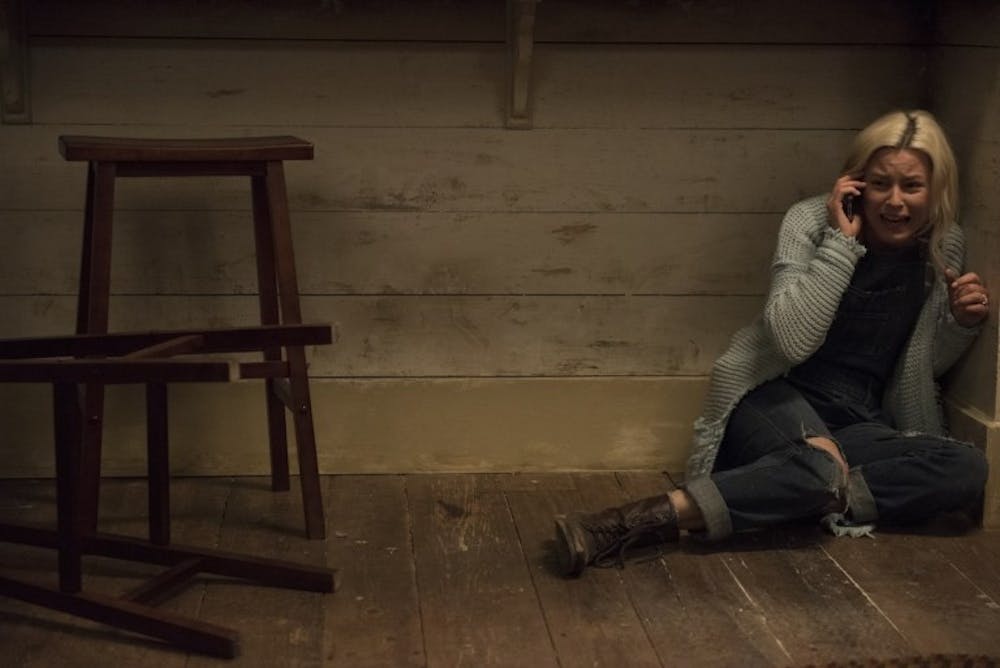
Image from IMDb
The first act is by far the weakest aspect of Brightburn, with it representing the age-old phrase of “been there, done that.” I mean this literally, as there are elements in this act that are quite generic and predictable. For example, during a scene in which Brandon is at school, a kid picks on him after he answers his teacher’s question in a rather intelligent manner. The kid calls Brandon a “loser,” and the whole class proceeds to laugh at the jab. Despite that, the scene ends on a hopeful note, as Caitlyn, a girl in the class, tells Brandon that, “smart guys are cooler anyway.” The whole scene felt like it was ripped out of a cheesy TV show, which made it all the more expected.
To make matters worse, the Breyer family themselves—whom I will talk about in more detail soon—suffer from the same level of predictability during this part of the film. In scenes where we see Brandon’s parents, Tori and Kyle (portrayed by Elizabeth Banks and David Denman, respectively), they talk about things that were to be expected from the first act of a film such as this, like how they and Brandon should go on a vacation in the foreseeable future, and how one of these scenes would end with them giggling and kissing.
Familial ties
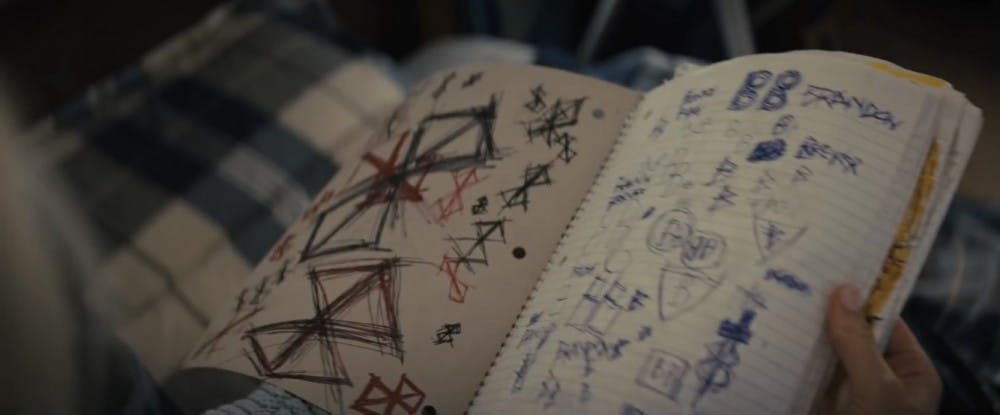
Image from IMDb
Despite what I mentioned earlier, the Breyer family dynamic serves as one of the strongest aspects of Brightburn, once the first act runs its course. Once Brandon starts his evil rampage, the scenes shared between the family are not only well-acted by Banks, Denman, and Dunn, but very intense as well. One scene that I particularly enjoyed was when Tori and Kyle confronted Brandon about the death of a character (which I won’t spoil here). While Tori and Kyle were emotionally affected by the incident, Brandon showed no emotion about it whatsoever. This lack of a reaction caused Kyle to lash out at him, and the confrontation ended with Brandon using his super strength to push his father. Such a scene really illustrated just how Brandon’s actions were affecting the family as a whole, and I was pleased that quite a few of these scenes existed in the film.
Another familial aspect of Brightburn that I found to be compelling was the relationship developed between Tori and Brandon. From the beginning, it was established that out of her and Kyle, Tori was the one most desperate to have a child. With this, the film goes out of its way to show how much Brandon means to her, and the lengths she is willing to go to protect her son from those that wish to damage his reputation. Now, while that side of the relationship works in the earlier parts of the film, it soon becomes quite sour once Brandon fully becomes evil. Once that change occurred, I found it laughable that Tori would continue to defend him when it was highly evident that he was killing people and he was too far gone to be redeemed.
The Man of No Tomorrow
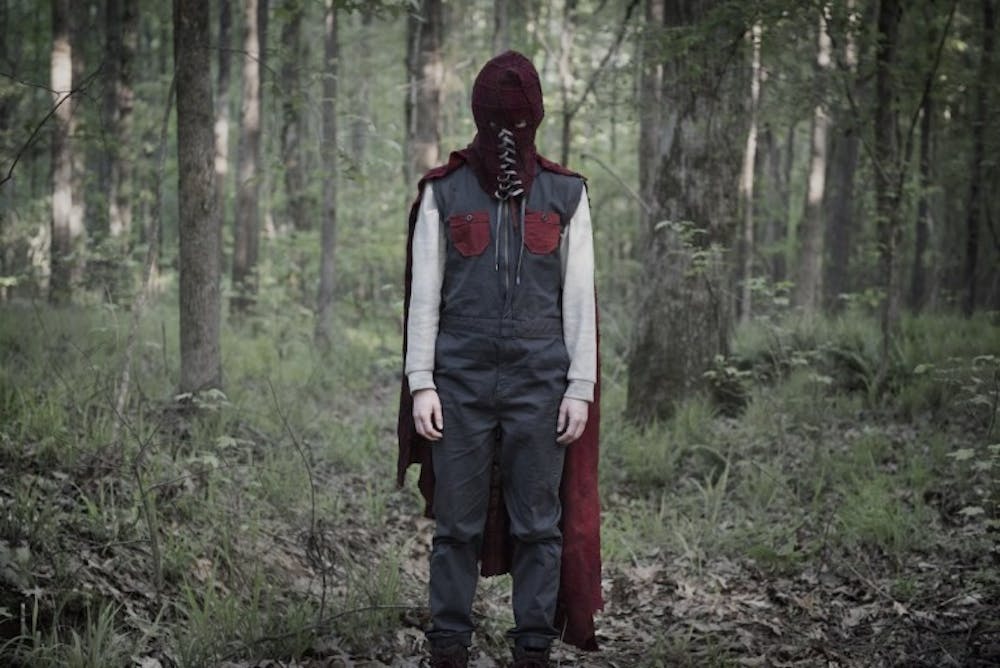
Image from IMDb
Speaking of Brandon, his evil streak was another entertaining aspect of the film. The absolutely horrible atrocities that he commits during Brightburn clearly illustrate the fact that this 12-year-old isn’t capable of doing good at all. Not only that, but it goes to show that such a figure is a major threat to everyone that he comes across.
However, I felt that Brandon becoming evil could have benefitted from more of an internal conflict on his end. Once he starts to hurt people—which stems from being bullied and another external force that I won’t spoil—Brandon shows no remorse, nor does he question his actions. As I said before, Brandon is only 12 years old, and his age does play a pretty substantial role in the film, but only in terms of him going through puberty. The film should’ve gone further with this, having Brandon’s age and puberty causing him to question why he’s hurting people and if he could stop if he chose to do so.
Don’t cross his path
Since Brightburn is rated R, the film took full advantage of that. I was expecting brutal violence to be present here, but not to the highly graphic extent that the film truly had. People are crushed, thrown into walls, burned and more. If you are uncomfortable with said brutality, prepare to wince upon the horrific actions that Brightburn puts on full display.
In addition to that, the film makes use of classic horror movie elements, such as building tension and making use of disturbing imagery. For example, in a scene where Brandon stalks a woman in a diner, the woman is entirely alone as the lights flicker. She grows more terrified as the windows become enveloped in fog, with Brandon eventually attacking her, his face covered with an unsettling homemade mask. Scenes like this show themselves several times throughout the film, cementing the horror angle that it is tackling.
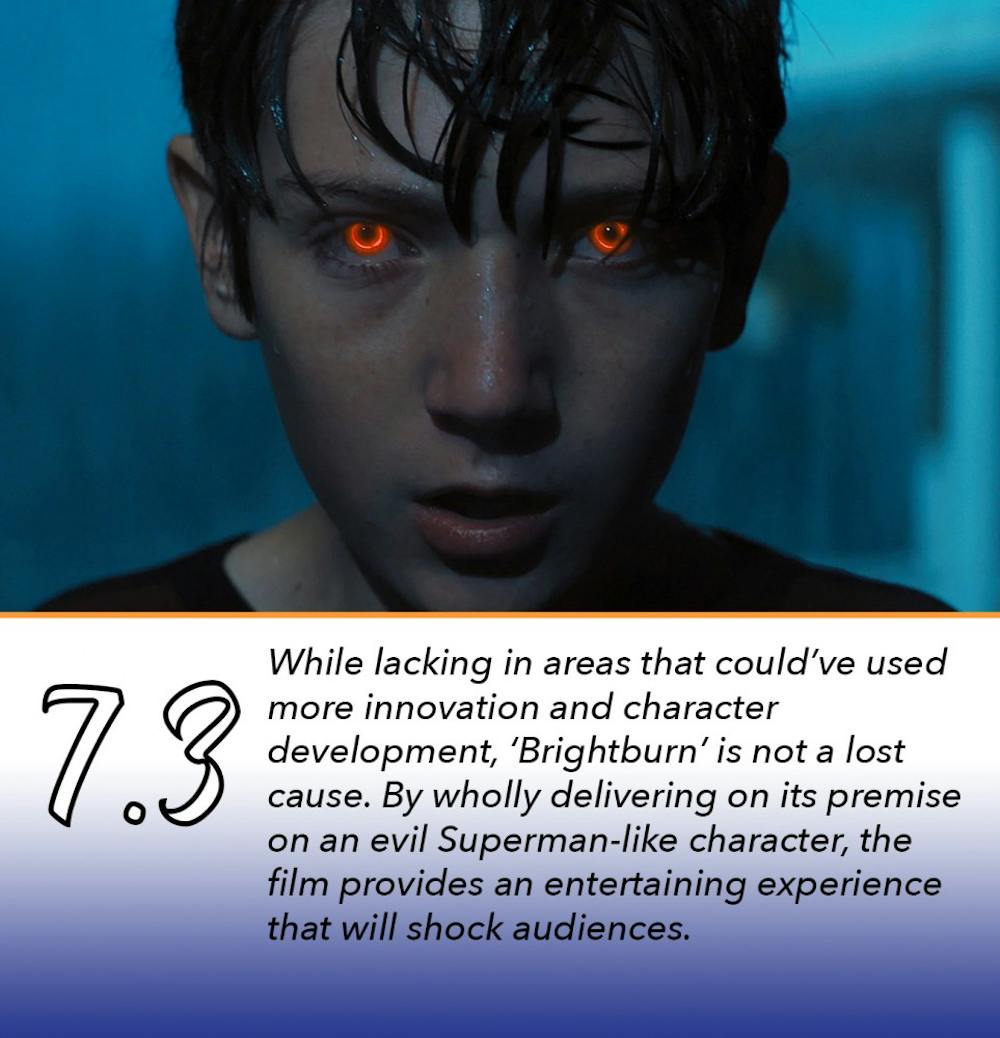
Images: IMDb
Featured Image: IMDb
For more entertainment related content, visit us at Byte BSU!













